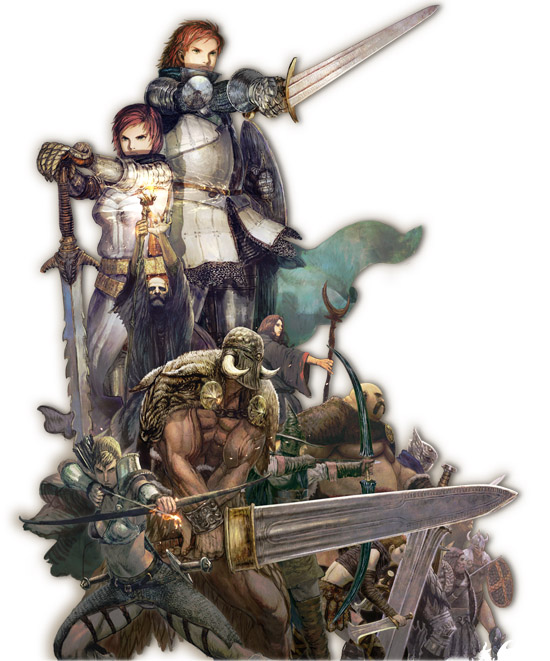Dragon's Dogma Characters, Part 2: Magic

In the last post I described how most of the templates from GURPS Dungeon Fantasy 1: Adventurers would fit into the Dragon’s Dogma setting. This included saying something about its spellcasters, and while the treatment given to them there is minimally sufficient to help you create such a character I feel I need to expand a bit on the magic system used in the campaign.
As said in the previous article, the magic system in the original game bears enough similarities to the Spell Magic system from GURPS Magic that we can use it in this campaign with some but not all of the modifications made to it by GURPS Dungeon Fantasy.
In this article I describe that system in full. This will lay the necessary groundwork for us to fill in the missing detail for Part 1’s magic-using templates, and to discuss the hybrid templates in Part 3 in full.
Spells and Magic in Gransys
All spellcasters in this setting have Magery and use Wizardly spells. Like Wizards in DF 1, they do have to learn prerequisites and don’t have limited spell lists. Unlike default Wizards, they do have access to Healing, Animal, Plant and Weather spells, since there are no other sources of magic to provide them. Magery can be gained through study and ritual, so it can be acquired and improved with earned character points after character creation.
Enchantment spells are still off-limits to PCs. Here, they are the province of NPC artisans and armorers, the best of which have very idiosyncratic personalities and are loathe to share their secrets with anyone.
Teleportation and time manipulation spells also remain off-limits. There are some magic items that deal with that kind of stuff, however. We’ll get to them when we cover equipment.
Spells to resurrect or reincarnate the dead are off-limits in this particular setting! This is still possible with the use of certain rare artifacts, but not even the most powerful magician can learn how to do it at will.
All other Dungeon Fantasy changes to wizardly spells remain in effect.
Arcane Powers and Power-Ups
Something we didn’t specifically address in our discussion of Clerics and Druids in Part 1 was what to do with the 20 points each has allocated to “Divine” and “Druidic” abilities. In GURPS Dungeon Fantasy, those come from an explicit connection to nature or to a deity, and both the set of available abilities and their power modifiers reflect that. Since this isn’t true in the Dragon’s Dogma setting, we have to find an alternate use for those points.
While spells should remain the main expression of magic, there is room for something more. Little things that are always active, or even consciously activated abilities that don’t quite follow spell mechanics. This description applies pretty well to the existing Power-Ups from DF 11, so our list of arcane powers will kinda blur into that. In effect, the following power/list of power-ups is available to all spellcasting characters in the setting.
Archmagic
Characters who advance their study of magic past a certain point discover a set of secrets of the profession that manifest differently from traditional spells. These are known as “Archmagics” (or “Archmagicks” in Gransys’ preferred spelling) and are represented by the following powers:
- Energy Reserve (Magical) 1-20 {3/level}.
- Magic Resistance (Improved, +150%) {5/level} with no upper limit.
- The Inextinguishable Power and Magical Bolt power-ups from DF 11.
- All the General Caster Power-Ups from DF 11, including Familiars (which are generally elemental beings and known as “Magic Agents”) and Perks.
- The Storms from DF 11, p. 26-27, with the addition of the Selective Area (+20%) enhancement. This increases their cost to 42 points each.
The Cleric and Druid templates have 20 points reserved for magical abilities that can be used for these or for additional spells. The Wizard template may use any of its 30 discretionary advantage points for them.
More Magic?
In Part 3 we will get into Hybrid Vocations (and thus, Hybrid Templates), which have some unique magic tricks in the original game. We’ll cover these there.